Home>Home Appliances>Heating & Cooling>How To Clean Sludge From A Central Heating System
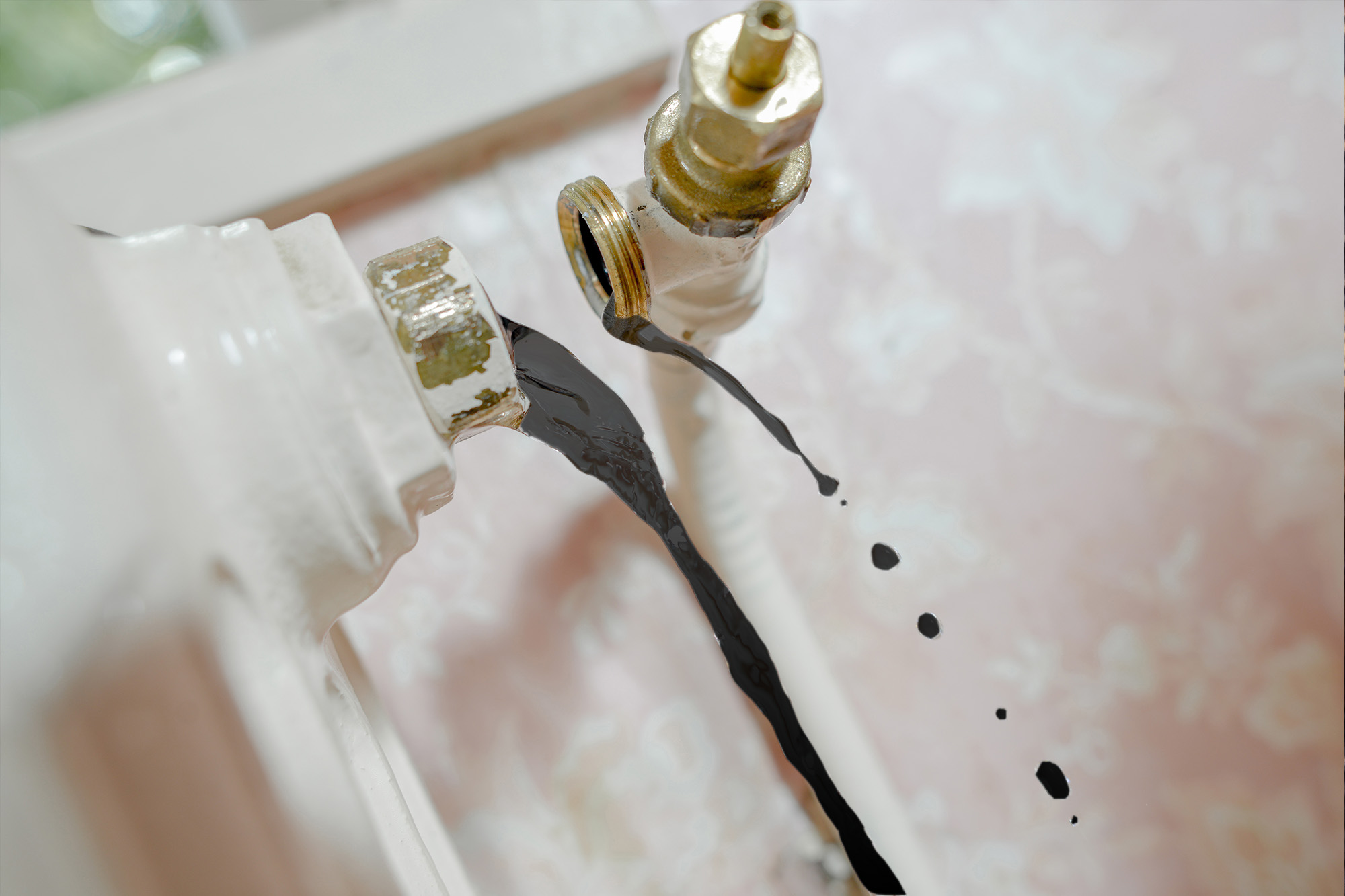

Heating & Cooling
How To Clean Sludge From A Central Heating System
Published: February 14, 2024
Learn effective methods to clean sludge from your central heating system and improve its efficiency. Expert tips for heating and cooling maintenance.
(Many of the links in this article redirect to a specific reviewed product. Your purchase of these products through affiliate links helps to generate commission for Storables.com, at no extra cost. Learn more)
Introduction
Maintaining a comfortable and cozy home environment often relies on the efficient operation of a central heating system. However, over time, these systems can fall victim to a common enemy: sludge. This insidious buildup of debris and corrosion within the central heating system can lead to reduced efficiency, increased energy consumption, and even system failure if left unchecked.
In this comprehensive guide, we will delve into the world of central heating systems and explore the impact of sludge buildup. We will discuss the signs that indicate the presence of sludge, the essential tools and materials required for cleaning, and the step-by-step process to effectively remove sludge from a central heating system. Additionally, we will explore preventive measures to minimize the risk of future sludge accumulation, ensuring the prolonged efficiency and longevity of your heating system.
By the end of this guide, you will be equipped with the knowledge and practical insights to tackle sludge buildup in your central heating system, thereby safeguarding its performance and optimizing its lifespan. Let's embark on this journey to uncover the secrets of maintaining a clean and efficient central heating system.
Key Takeaways:
- Say goodbye to sludge! Regularly clean your central heating system to remove sludge buildup, ensuring efficient heating and lower energy bills.
- Keep it clean! Prevent sludge buildup by using inhibitors, flushing the system, installing magnetic filters, and getting professional maintenance. Your heating system will thank you!
Read more: How To Clean A Central Heating System
Understanding Sludge in Central Heating Systems
Sludge, in the context of central heating systems, refers to a mixture of debris, rust, and other contaminants that accumulate within the system over time. This buildup is primarily attributed to the chemical reactions that occur within the system, leading to the formation of iron oxide, commonly known as rust. As water circulates through the system, it carries these particles, depositing them in various components such as radiators, pipes, and the boiler.
The presence of sludge poses a significant threat to the efficient operation of the central heating system. It can impede the flow of water, leading to reduced heat output from radiators and an overall decrease in system efficiency. Additionally, sludge can cause blockages within the system, resulting in uneven heating distribution and potential damage to vital components.
Understanding the composition of sludge is crucial in addressing its impact on central heating systems. In addition to rust, sludge may contain organic matter, debris from corroded components, and residues from water treatment chemicals. This amalgamation of substances forms a viscous, dark-colored sludge that adheres to the internal surfaces of the system, hindering its functionality.
Furthermore, the presence of sludge accelerates the corrosion of metal components within the central heating system. This corrosion not only contributes to the formation of additional sludge but also compromises the structural integrity of the system, potentially leading to leaks and malfunctions.
In essence, comprehending the nature of sludge in central heating systems underscores the importance of proactive maintenance and cleaning. By recognizing the detrimental effects of sludge buildup, homeowners can take the necessary steps to mitigate its impact and preserve the efficiency and longevity of their central heating systems.
Signs of Sludge Build-Up
Identifying the presence of sludge within a central heating system is crucial for timely intervention and maintenance. Several telltale signs can indicate the accumulation of sludge, serving as red flags for homeowners to address potential issues before they escalate. By recognizing these signs, individuals can take proactive measures to clean their central heating systems, thereby preventing further damage and optimizing performance.
-
Cold Spots on Radiators: One of the most noticeable indicators of sludge buildup is the presence of cold spots on radiators. When certain areas of a radiator fail to heat up as expected, it often signifies blockages caused by sludge accumulation. This uneven distribution of heat can significantly impact the comfort levels within a home, prompting homeowners to investigate and address the underlying issue.
-
Excessive Noise from the Boiler: A central heating system affected by sludge may produce unusual noises, particularly emanating from the boiler. These noises can range from gurgling and banging to rumbling sounds, indicating the presence of sludge obstructing the flow of water within the system. Such auditory cues serve as warning signs, prompting homeowners to take action to prevent further damage and restore the system's efficiency.
-
Slow Heating Response: Sludge accumulation can impede the circulation of hot water throughout the central heating system, resulting in a delayed heating response. When the system takes longer than usual to reach the desired temperature, it may be indicative of sludge-related restrictions within the pipes and radiators. This sluggish heating response underscores the need for thorough cleaning to eliminate the impediments and restore optimal functionality.
-
Increased Energy Bills: A sudden spike in energy bills without a corresponding increase in heating output can be attributed to sludge buildup in the central heating system. As the system struggles to operate efficiently due to sludge-related blockages, it consumes more energy to maintain the desired temperature, leading to higher utility costs. Monitoring energy consumption alongside heating performance can provide valuable insights into the presence of sludge and its impact on overall efficiency.
-
Frequent System Breakdowns: The presence of sludge can contribute to the deterioration of vital components within the central heating system, leading to frequent breakdowns and malfunctions. If homeowners find themselves repeatedly encountering issues such as pump failures, valve blockages, or boiler malfunctions, it may indicate the pervasive effects of sludge within the system. Addressing these recurring breakdowns necessitates thorough cleaning to eliminate sludge-related impediments and restore the system's reliability.
By remaining vigilant for these signs of sludge buildup, homeowners can proactively address maintenance needs and safeguard the efficiency of their central heating systems. Recognizing these indicators empowers individuals to take timely action, ensuring the longevity and optimal performance of their heating systems.
Tools and Materials Needed for Cleaning
When embarking on the task of cleaning sludge from a central heating system, it is essential to gather the requisite tools and materials to facilitate a thorough and effective cleaning process. Equipping oneself with the appropriate implements ensures that the cleaning endeavor is executed with precision and yields optimal results. Here are the essential tools and materials needed for cleaning sludge from a central heating system:
Tools:
-
Radiator Key: This specialized tool is crucial for bleeding radiators, allowing trapped air to escape and enabling efficient water circulation. By using a radiator key, homeowners can release any built-up air within the radiators, promoting optimal heating performance.
-
Pipe Cutter: A pipe cutter is indispensable for removing sections of pipework that may be contaminated with sludge. This tool facilitates the precise removal of affected pipes, enabling thorough cleaning and the subsequent installation of new, uncontaminated sections.
-
Magnetic Filter: A magnetic filter is a valuable asset for capturing and removing magnetic sludge particles from the central heating system. By installing a magnetic filter, homeowners can effectively trap ferrous sludge, preventing it from circulating and causing further damage within the system.
-
Hose and Attachments: Utilizing a hose with appropriate attachments is essential for flushing the central heating system. The hose enables the circulation of cleaning solutions and water through the system, dislodging and removing sludge from various components.
-
Pump and Power Flush Machine: A high-quality pump and power flush machine are instrumental in achieving a comprehensive cleaning of the central heating system. These tools facilitate the circulation of cleaning agents at high velocity, dislodging and expelling sludge from radiators, pipes, and the boiler.
Read more: What Is Central Heating
Materials:
-
Cleaning Solution: Selecting a suitable cleaning solution is paramount for effectively breaking down and removing sludge from the central heating system. Opt for a reputable cleaning agent designed to dissolve and dislodge sludge, ensuring thorough cleansing of the system.
-
Inhibitor: Following the cleaning process, the application of an inhibitor is essential to prevent future sludge buildup and corrosion within the system. An inhibitor helps maintain water quality and inhibits the formation of new sludge, preserving the cleanliness and efficiency of the central heating system.
-
Sealant: Depending on the condition of the system, a sealant may be required to address any leaks or potential points of water loss. Applying a suitable sealant ensures the integrity of the system, preventing future issues and maintaining optimal functionality.
By assembling these tools and materials, homeowners can embark on the task of cleaning sludge from their central heating systems with confidence and precision. The combination of specialized tools and effective cleaning agents empowers individuals to restore the efficiency and longevity of their central heating systems, ensuring a comfortable and well-maintained home environment.
Steps to Clean Sludge from a Central Heating System
-
Prepare the System: Begin by turning off the central heating system and allowing it to cool down. This ensures safety during the cleaning process and minimizes the risk of accidental burns or scalds. Additionally, close the valves on the heating system to isolate it from the rest of the household plumbing.
-
Bleed the Radiators: Using a radiator key, bleed each radiator in the system to release any trapped air. This step promotes efficient water circulation and prepares the radiators for the cleaning process.
-
Install a Magnetic Filter: If not already in place, install a magnetic filter within the central heating system. This device effectively captures and removes ferrous sludge particles, preventing them from causing further damage and blockages.
-
Connect the Power Flush Machine: Attach the power flush machine to the central heating system, ensuring a secure connection to facilitate the circulation of cleaning solutions and water throughout the system.
-
Introduce the Cleaning Solution: Add the appropriate cleaning solution to the system, following the manufacturer's instructions regarding the recommended quantity and dilution. The cleaning solution works to dissolve and dislodge sludge, preparing it for removal.
-
Initiate the Power Flush: Activate the power flush machine to initiate the high-velocity circulation of the cleaning solution throughout the central heating system. This process dislodges sludge from radiators, pipes, and the boiler, effectively flushing it out of the system.
-
Flush and Drain the System: Allow the cleaning solution to circulate through the system for the specified duration, ensuring that it reaches all components. Subsequently, flush out the cleaning solution and dislodged sludge, draining it from the system.
-
Refill and Apply Inhibitor: Once the system is thoroughly flushed, refill it with clean water and apply an inhibitor to prevent future sludge buildup and corrosion. The inhibitor helps maintain water quality and safeguards the system against the formation of new sludge.
-
Check for Leaks and Rebalance the System: After completing the cleaning process, inspect the system for any leaks or signs of damage. Address any identified issues and rebalance the system to ensure optimal heating performance and efficiency.
-
Monitor and Maintain: Regularly monitor the central heating system for signs of sludge buildup and perform preventive maintenance as needed. By staying proactive, homeowners can preserve the cleanliness and functionality of their central heating systems, ensuring long-term efficiency.
By following these comprehensive steps, homeowners can effectively clean sludge from their central heating systems, restoring optimal performance and prolonging the lifespan of the system. This proactive approach to maintenance safeguards against the detrimental effects of sludge buildup, promoting a comfortable and well-maintained home environment.
Preventing Future Sludge Build-Up
Preventing future sludge build-up is essential for maintaining the long-term efficiency and functionality of a central heating system. By implementing proactive measures, homeowners can mitigate the risk of sludge accumulation, preserving the integrity of the system and optimizing its performance. Here are effective strategies to prevent future sludge build-up:
1. Water Treatment and Quality Maintenance
Maintaining the quality of water within the central heating system is paramount in preventing sludge formation. Regularly testing the water for pH levels, hardness, and chemical composition allows homeowners to identify potential issues that could lead to sludge accumulation. Additionally, incorporating water treatment additives, such as inhibitors and descalers, helps stabilize water quality and inhibits the formation of sludge and corrosion within the system.
Read more: How To Use Central Heating
2. Routine System Flushing
Periodic flushing of the central heating system serves as a proactive measure to remove accumulated debris and prevent sludge formation. Flushing involves draining and refilling the system with clean water, effectively purging existing contaminants and preventing the build-up of sludge. This maintenance practice should be performed at regular intervals as part of a comprehensive system care routine.
3. Installation of Magnetic Filters
Magnetic filters are valuable assets in preventing sludge build-up within central heating systems. By capturing ferrous particles and contaminants, these filters prevent the circulation of sludge throughout the system, minimizing the risk of blockages and corrosion. Installing a magnetic filter as part of the system's configuration provides ongoing protection against sludge-related issues.
4. Regular Radiator Bleeding
Bleeding radiators on a regular basis is crucial for maintaining optimal water circulation and preventing the formation of sludge. Trapped air within radiators can impede the system's efficiency and contribute to sludge build-up. By bleeding radiators as part of routine maintenance, homeowners ensure the uninterrupted flow of water and minimize the risk of sludge-related complications.
5. Professional Maintenance and Servicing
Engaging professional heating engineers for regular maintenance and servicing of the central heating system is instrumental in preventing sludge build-up. These experts can conduct thorough inspections, identify potential issues, and perform comprehensive cleaning and maintenance tasks to safeguard the system against sludge accumulation. Professional servicing ensures that the system operates at peak efficiency, minimizing the likelihood of sludge-related problems.
By incorporating these preventive measures into their central heating system maintenance regimen, homeowners can effectively mitigate the risk of sludge build-up and preserve the cleanliness and efficiency of their systems. Proactive maintenance not only extends the lifespan of the system but also ensures consistent and reliable heating performance, contributing to a comfortable and well-maintained home environment.
Read more: How To Install Central Heating
Conclusion
In conclusion, the presence of sludge within a central heating system poses a significant threat to its efficiency and longevity. The detrimental effects of sludge accumulation, including reduced heat output, increased energy consumption, and potential system failures, underscore the importance of proactive maintenance and cleaning. By recognizing the signs of sludge build-up, homeowners can take timely action to address potential issues and safeguard the performance of their central heating systems.
The comprehensive process of cleaning sludge from a central heating system involves meticulous preparation, the use of specialized tools and materials, and a systematic approach to dislodging and removing sludge from various components. From bleeding radiators to initiating a power flush and applying inhibitors, each step contributes to restoring optimal functionality and minimizing the risk of future sludge accumulation.
Furthermore, preventing future sludge build-up is paramount in maintaining the cleanliness and efficiency of a central heating system. Implementing strategies such as water treatment and quality maintenance, routine system flushing, installation of magnetic filters, regular radiator bleeding, and professional maintenance and servicing serves as a proactive defense against sludge-related complications.
By embracing these preventive measures and staying vigilant for signs of sludge accumulation, homeowners can ensure the prolonged efficiency and reliability of their central heating systems. The proactive approach to maintenance not only minimizes the risk of system malfunctions but also contributes to a comfortable and well-maintained home environment.
In essence, understanding the impact of sludge on central heating systems and adopting proactive measures to address and prevent its accumulation empowers homeowners to preserve the integrity and functionality of their heating systems. By prioritizing regular maintenance, cleaning, and preventive strategies, individuals can enjoy consistent heating performance and prolonged system longevity, enhancing the overall comfort and well-being of their homes.
Frequently Asked Questions about How To Clean Sludge From A Central Heating System
Was this page helpful?
At Storables.com, we guarantee accurate and reliable information. Our content, validated by Expert Board Contributors, is crafted following stringent Editorial Policies. We're committed to providing you with well-researched, expert-backed insights for all your informational needs.
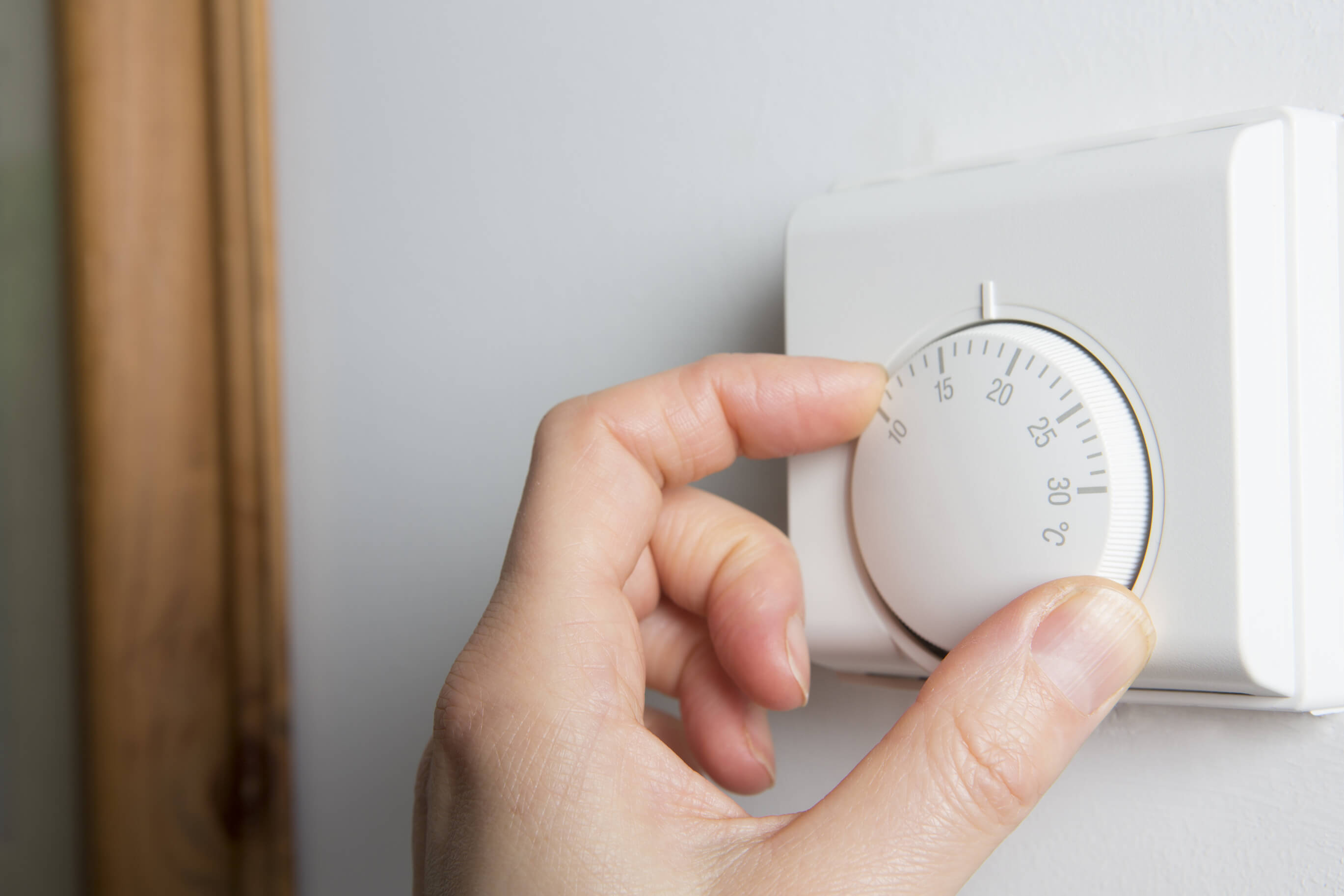
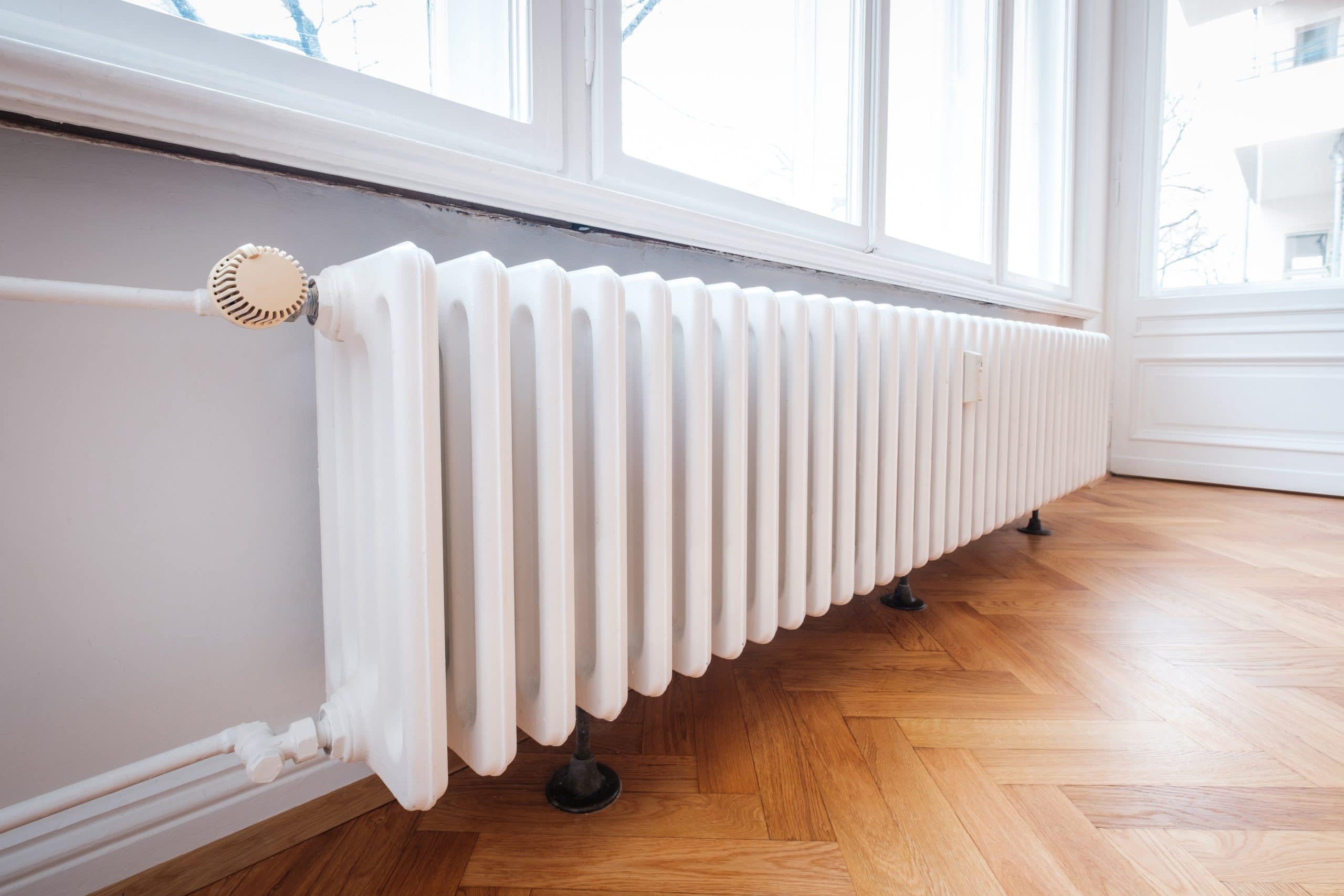
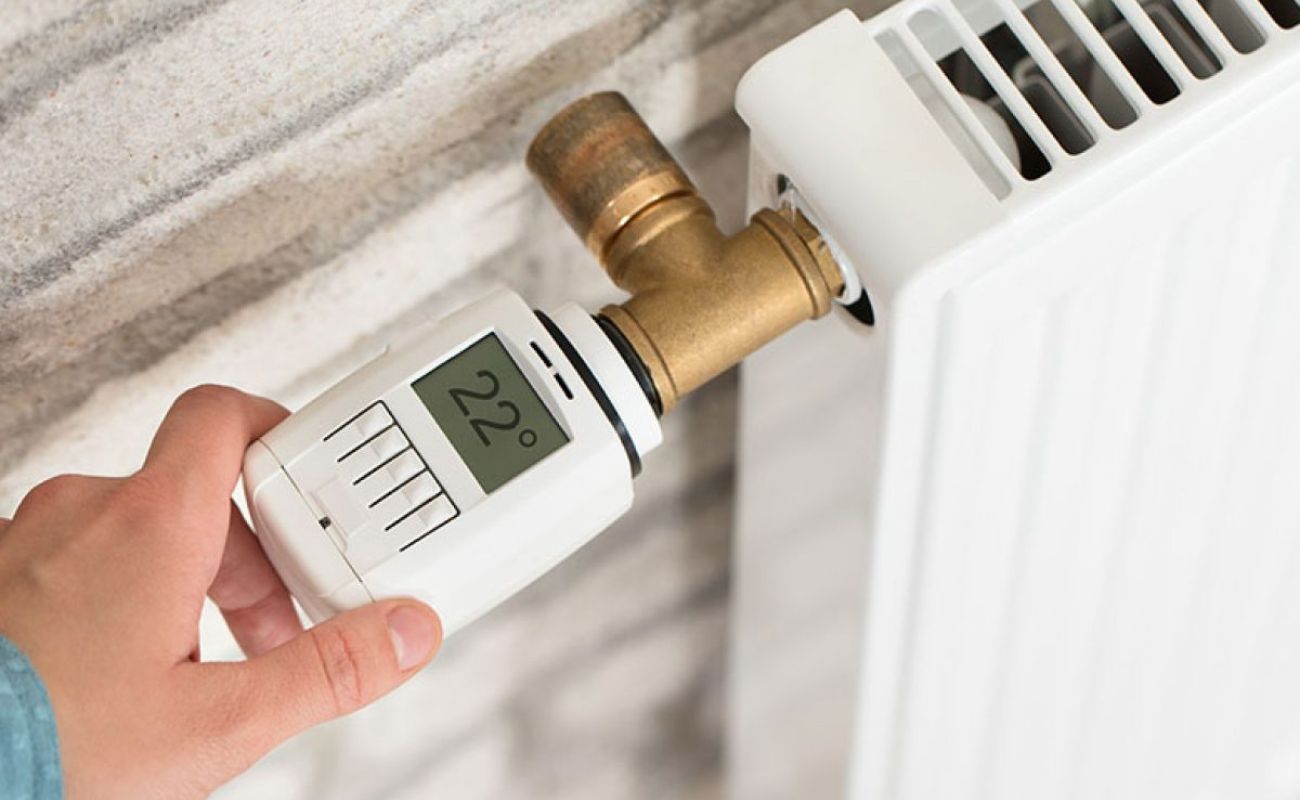
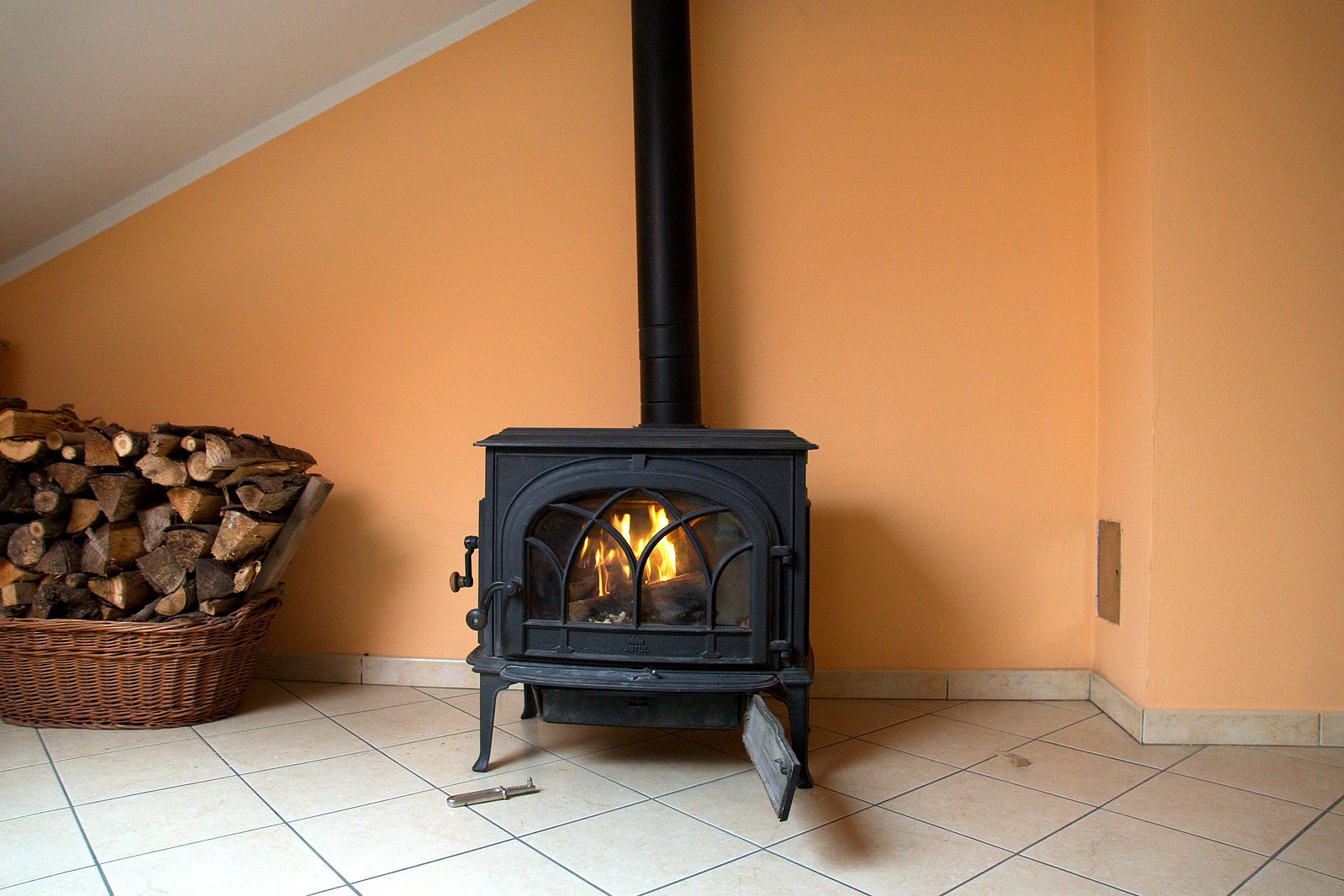


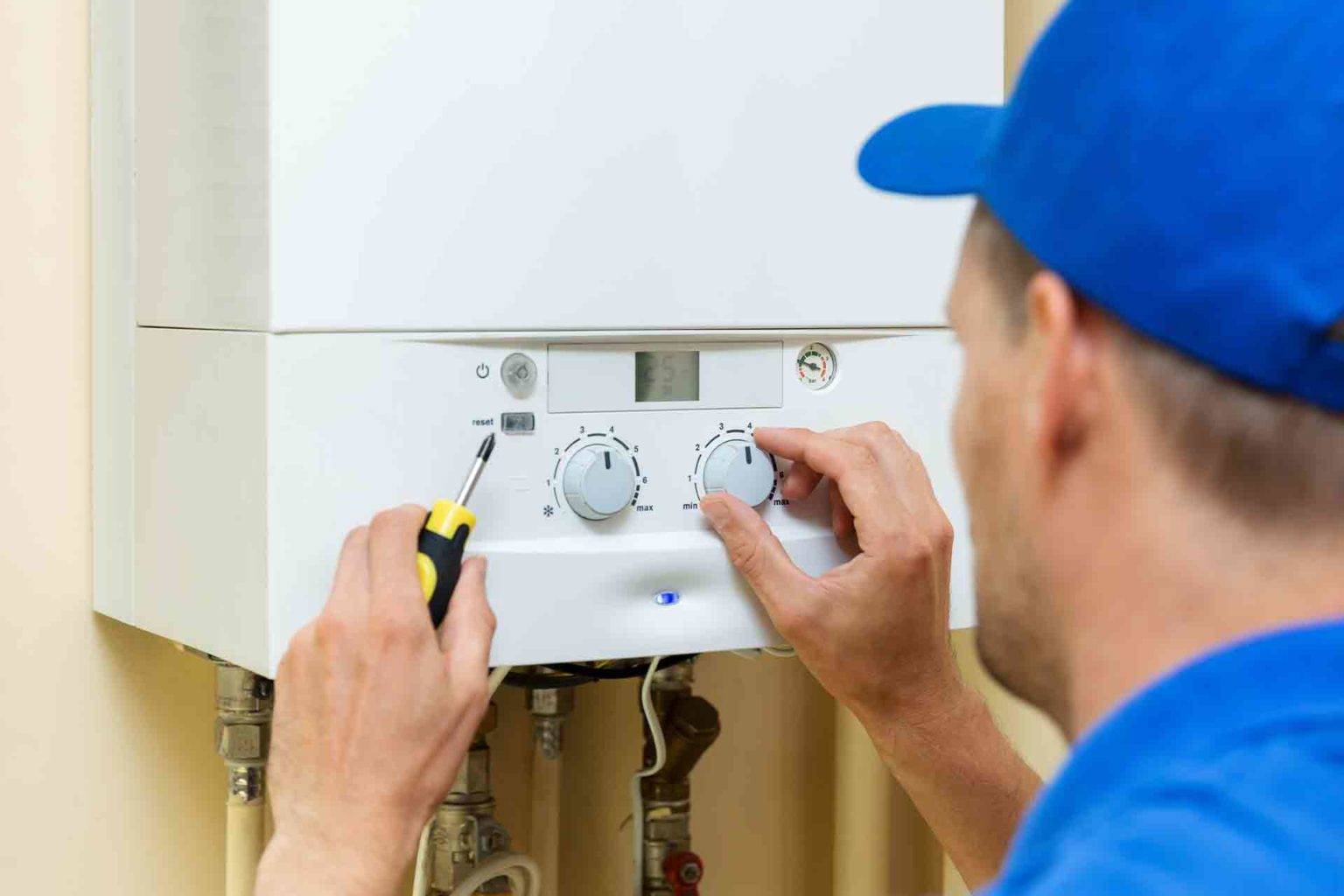
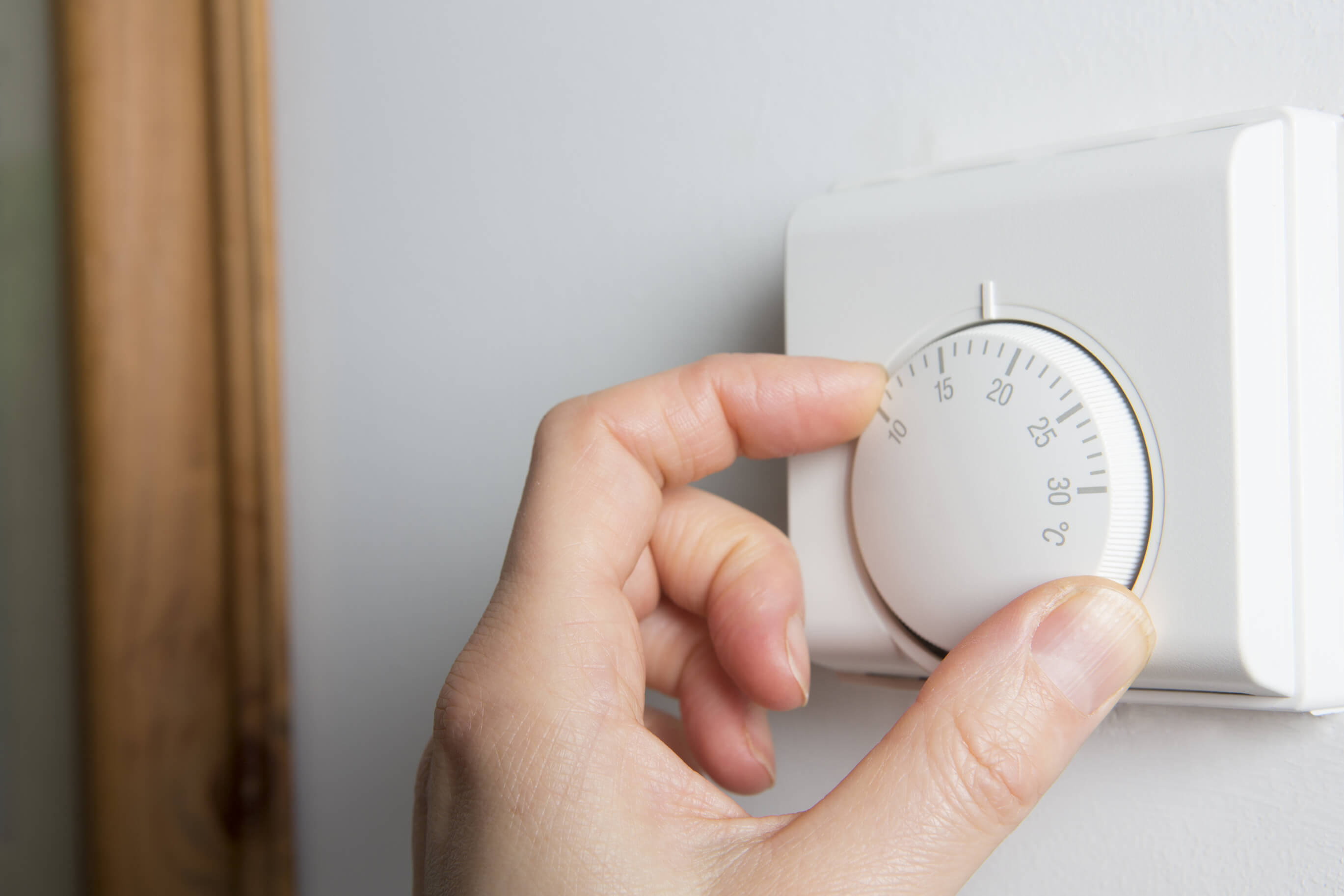
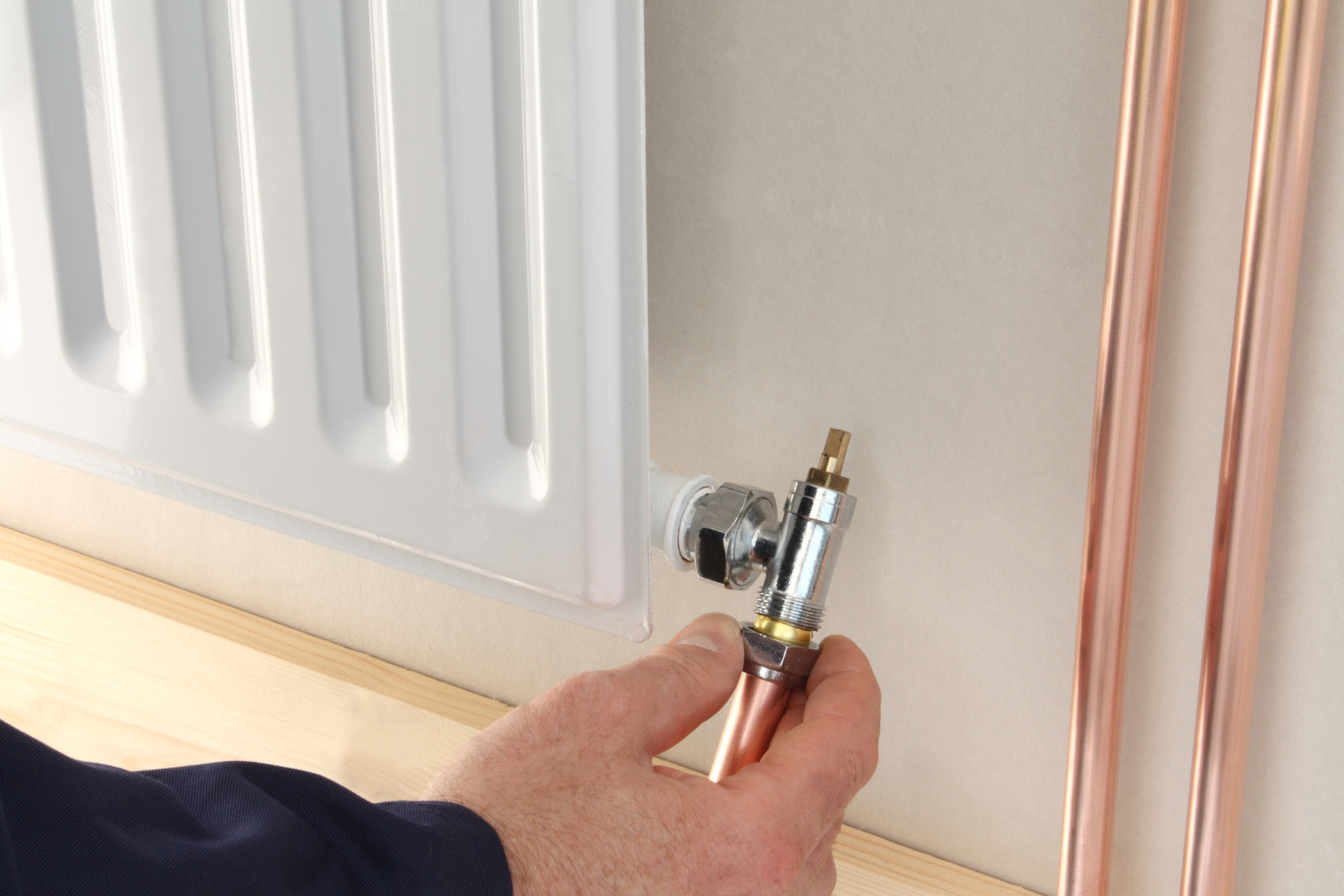
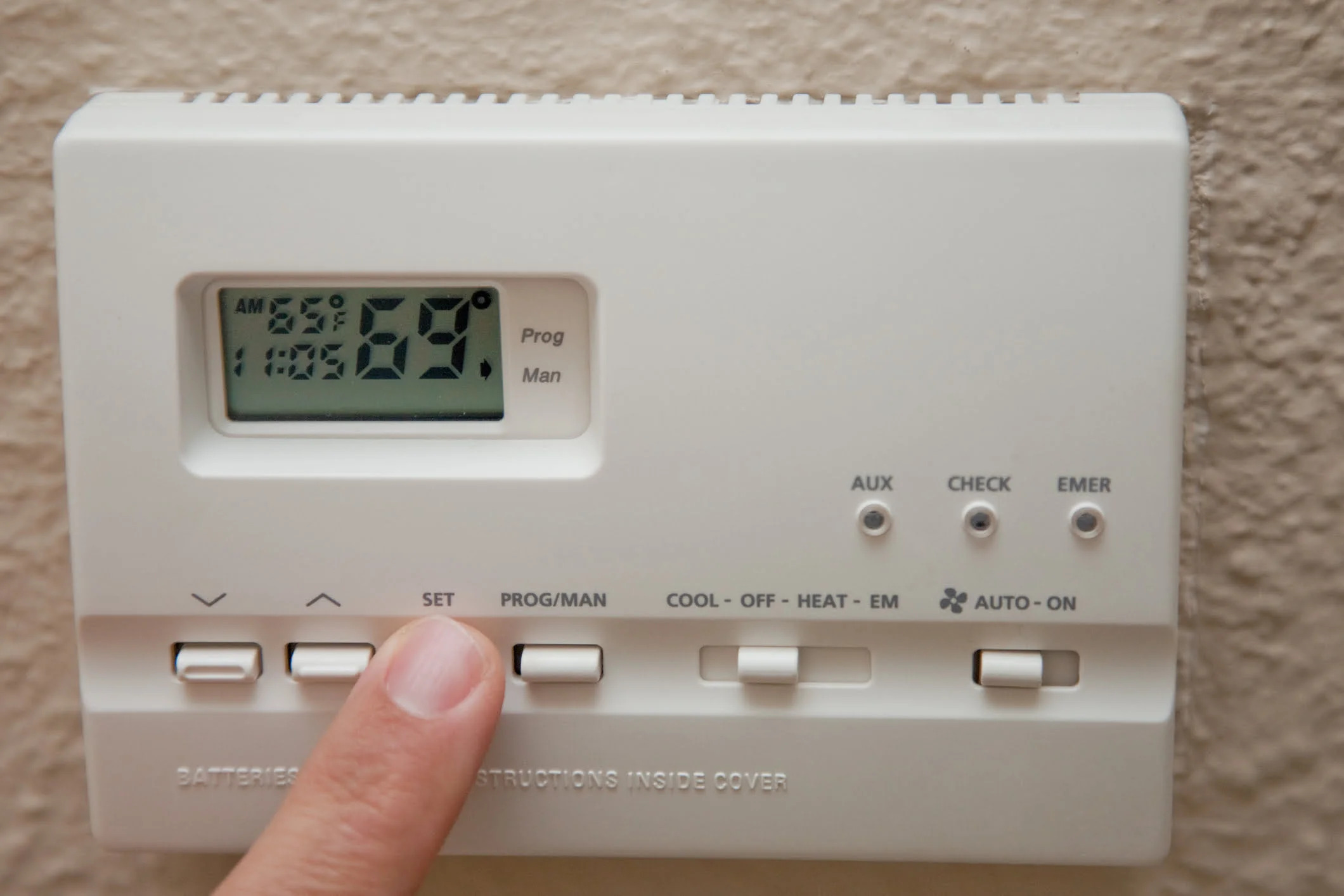
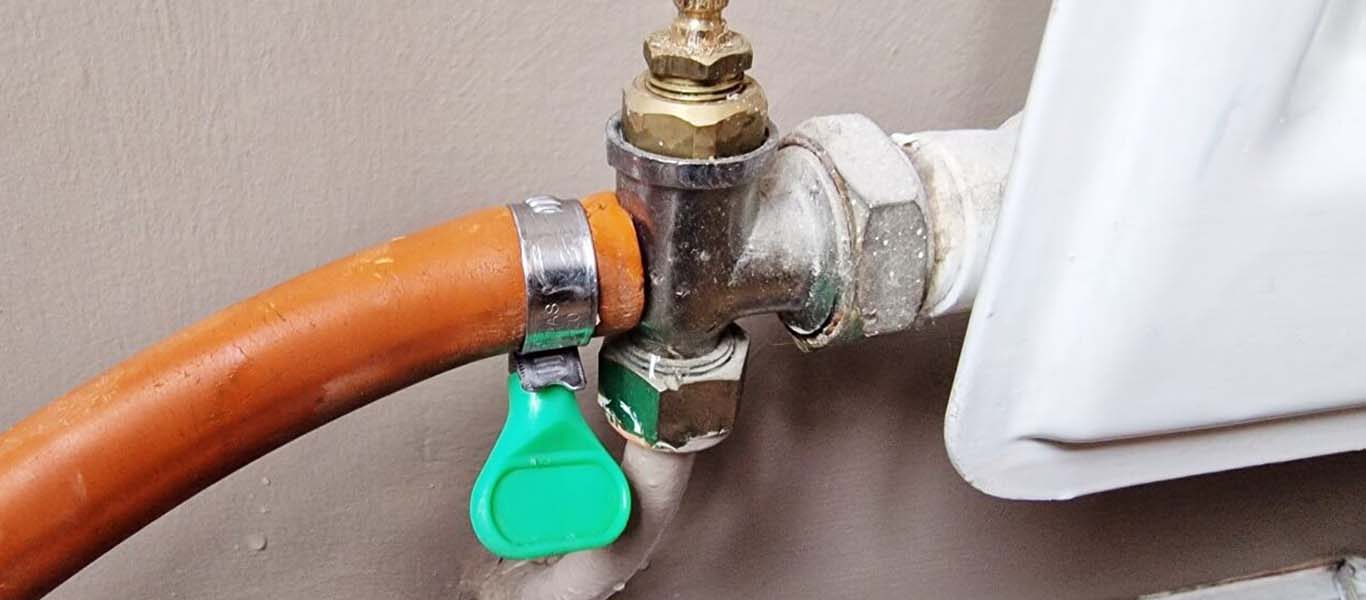
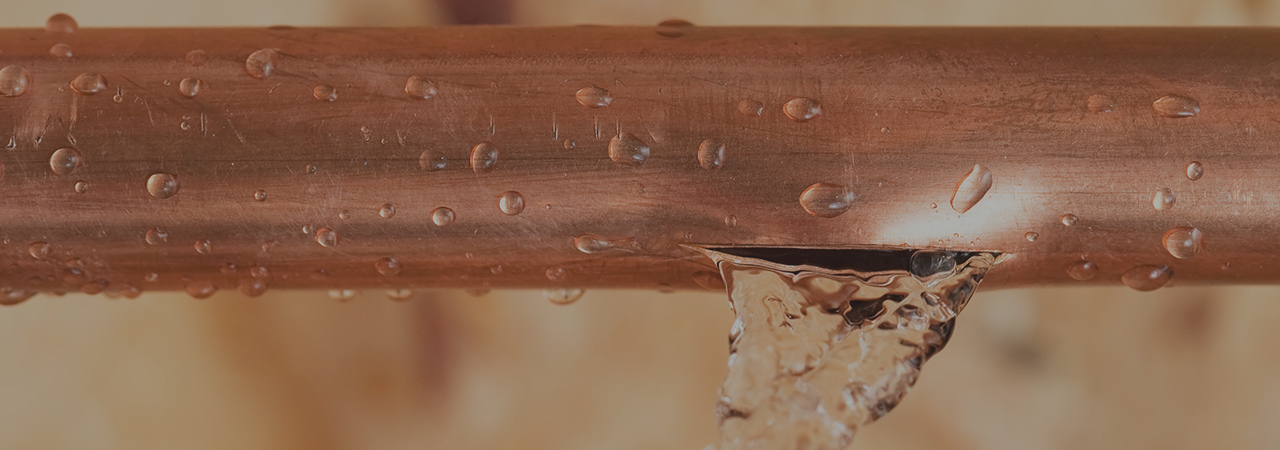

0 thoughts on “How To Clean Sludge From A Central Heating System”